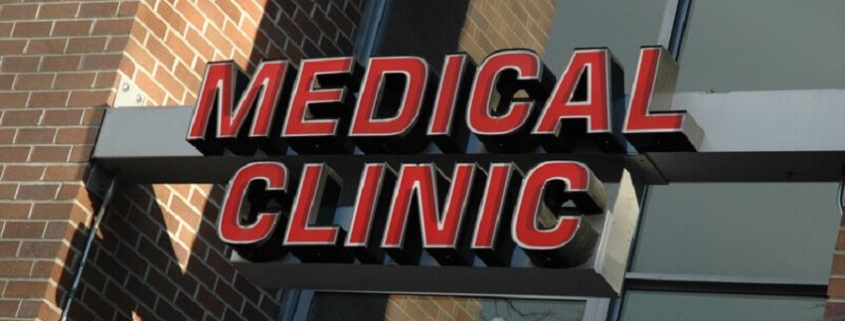5 Of The 20 Largest Medical Office Deliveries Expected This Year Are In One City
A new report indicates Houston’s medical office market absorbed almost 40K SF in Q1, and more growth is coming, with the city poised to be home to five of the 20 largest medical office projects set to deliver this year across the nation.
Overall medical office leasing increased 26.4% year-over-year, according to JLL’s Medical Office Building Insight report that was just released. Additions to the market include the Hope Health Clinic’s 70K SF flagship location in Sugar Land and Orion Medical Group’s 47K SF building in Clear Lake.
Another 606K SF is under construction, according to the JLL report. Q2 is set to bring the delivery of the largest medical office building project in the country this year, per 42Floors.
A 400K SF, $1.3B project is the O’Quinn Medical Tower at the McNair Campus of Baylor St. Luke’s Medical Center, Houston Innovation Map reported. The 12-story building will include an ambulatory surgical center with 12 operating rooms and 10 endoscopy suites, an 80-bay setup for infusion therapy, more than 70 exam rooms and more than 850 parking spaces, the article states.
Four other Houston projects made 42Floor’s national top 20 list. Two of them are Kelsey-Seybold projects slated to deliver in Q3: a 158K SF center on the North Grand Parkway and a 116K SF ambulatory surgical center in Clear Lake. The other two projects listed are the 159K SF Houston Methodist Sugar Land Hospital Medical Office Building 4 and the 107K SF 1715 Project in Friendswood.
Houston offers the highest concentration of medical office building projects of any metro on the 42Floors list. That designation comes as healthcare systems like Houston Methodist and Memorial Hermann continue to expand their operations to match population increases, leading to sustained growth in the medical office market, JLL’s report states.
Other trends seen in Q1 include the popularity of Class-A medical office space, reflecting the flight to quality seen across the entire office sector. The absorption for Class-A medical office totaled about 50K SF while Class-B’s was -10K SF, balancing out to the nearly 40K SF total absorption.
Sugar Land and Clear Lake continue to show themselves as strong suburban markets for the medical office building market development, totaling over 2M SF and 1.75M SF of inventory, respectively.
The Woodlands, which is looking to become a hub for the life sciences industry, has 2.52M SF of medical office building inventory, according to the JLL report.
“Houston’s medical industry is propping up its potential to draw life sciences business,” Matt Gardner, leader of CBRE’s Americas life sciences advisory group, told Bisnow. “For decades, the pieces have been there. I think the sense around the world in the industry is that it’s starting to come together now. And it’s starting to show up for more of the growth that we’ve been hoping for for a long time.”
Source: Bisnow




